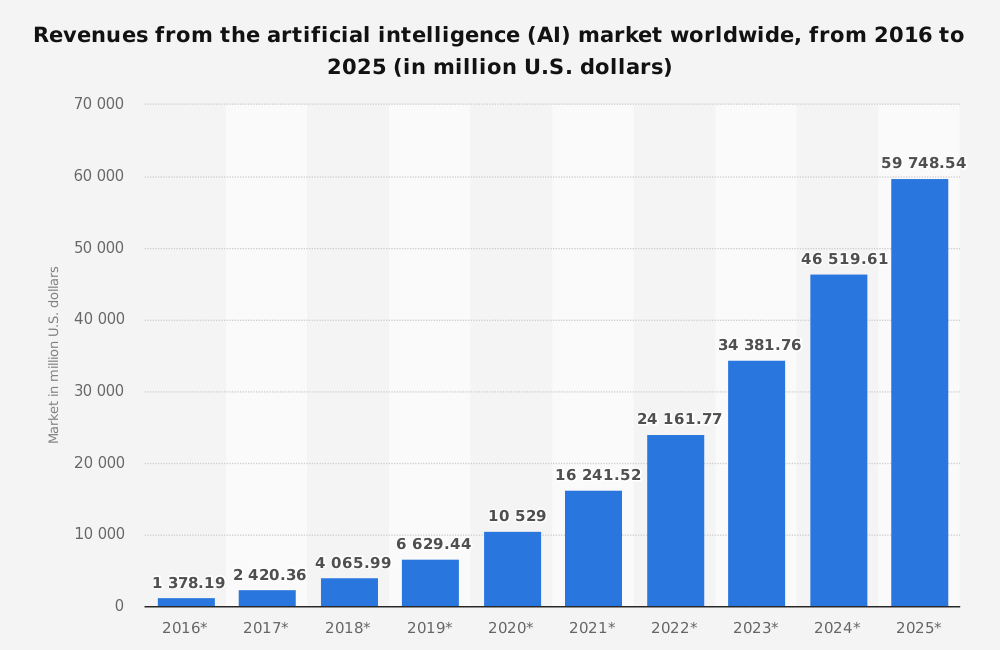
Just like in the development of most software applications, a developer has a variety of languages to use in writing AI. However, there is no perfect programming language to point as the best programming language used in artificial intelligence. The development process depends on the desired functionality of the AI application being developed. AI has so far achieved biometric intelligence, autopilots for self-driving cars and other applications that required different artificial intelligence coding language for their development projects.
At Existek, we love AI programming, check out our AI and neural network based handwriting character recognition application case study. Debates about best language for AI programming languages never stop. Because of that, we decided to compare languages we commonly use for artificial intelligence projects to outline pros and cons of each one.
Java, Python, Lisp, Prolog, and C++ are major AI programming language used for artificial intelligence capable of satisfying different needs in development and designing of different software. It is up to a developer to choose which of the AI languages will gratify the desired functionality and features of the application requirements.
As a result, this article seeks to provide you with closure on the appropriate artificial intelligence programming language. It answers the question, ‘what is the language used for artificial intelligence?’
WHICH COMPUTER LANGUAGES ARE USED FOR ARTIFICIAL INTELLIGENCE
PYTHON
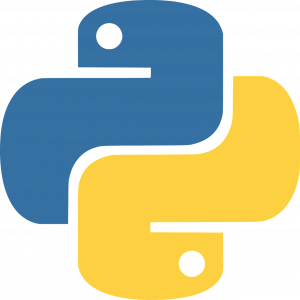
Python (official website) is among developers favorites programming languages in AI development because of its syntax simplicity and versatility. Python is very encouraging for machine learning for developers as it is less complex as compared to C++ and Java. It also a very portable language as it is used on platforms including Linux, Windows, Mac OS and UNIX. It is also likable from its features such as Interactive, interpreted, modular, dynamic, portable and high level which make it more unique than Java.
Also, Python is a Multi-paradigm programming supporting object-oriented, procedural and functional styles of programming. Python supports neural networks and development of NLP solutions thanks to its simple function library and more so ideal structure.
Advantages
- Java has a rich and extensive variety of library and tools.
- Supports algorithm testing without having to implement them.
- Python supporting object-oriented design increases a programmer’s productivity.
- Compared to Java and C++, Python is faster in development.
Drawbacks
- Developers accustomed to using Python face difficulty in adjusting to completely different syntax when they try using other languages for AI programming.
- Unlike C++ and Java, python works with the help of an interpreter which makes compilation and execution slower in AI development.
- Not suitable for mobile computing. For AI meant for mobile applications, Python unsuitable due to its weak language for mobile computing.
C++
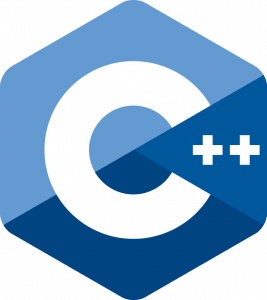
C++ is the fastest computer language, its speed is appreciated for AI programming projects that are time sensitive. It provides faster execution and has less response time which is applied in search engines and development of computer games. In addition, C++ allows extensive use of algorithms and is efficient in using statistical AI techniques. Another important factor is that C++ supports re-use of programs in development due to inheritance and data-hiding thus efficient in time and cost saving.
C++ is appropriate for machine learning and neural network.
Advantages
- Good for finding solutions for complex AI problems.
- Rich in library functions and programming tools collection.
- C++ is a multi-paradigm programming that supports object-oriented principles thus useful in achieving organized data.
Drawbacks
- Poor in multitasking; C++ is suitable only for implementing core or the base of specific systems or algorithms.
- It follows the bottom-up approach thus, highly complex making it hard for newbies developers at using it for writing AI programs.
JAVA

Java (official website) is another programming language to answer ‘which computer language is used for artificial intelligence?’ Java is also a multi-paradigm language that follows object-oriented principles and the principle of Once Written Read/Run Anywhere (WORA). It is an AI programming language that can run on any platform that supports it without need for recompilation.
Java is one of the most commonly used and not just in AI development. It derives a major part of its syntax from C and C++ in addition to its lesser tools that them. Java is not only appropriate for NLP and search algorithms but also for neural networks.
Advantages
- Very portable; it is easy to implement on different platforms because of Virtual Machine Technology.
- Unlike C++, Java is simple to use and even debug.
- Has an automatic memory manager which eases the work of the developer.
Disadvantages
- Java is, however, slower than C++, it has less speed in execution and more response time.
- Though highly portable, on older platforms, java would require dramatic changes on software and hardware to facilitate.
- Java is also a generally immature programming AI language as there are still some developments ongoing such as JDK 1.1 in beta.
LISP

LISP is another language used for artificial intelligence development. It is a family of computer programming language and is the second oldest programming language after Fortran. LISP has developed over time to become strong and dynamic language in coding.
Some consider LISP as the best AI programming language due to the favour of liberty it offers developers. LISP is used in AI because of its flexibility for fast in prototyping and experimentation which in turn facilitate LISP to grow to a standard AI language. For instance, LISP has a unique macro system which facilitates exploration and implementation of different levels of Intellectual Intelligence.
LISP, unlike most AI programming languages, is more efficient in solving specific as it adapts to the needs of the solutions a developer is writing. It is highly suitable in inductive logic projects and machine learning.
Advantages
- Fast and efficient in coding as it is supported by compilers instead of interpreters.
- Automatic memory manager was invented for LISP, therefore, it has a garbage collection.
- LISP offers specific control over systems resulting to their maximum use.
Drawbacks
- Few developers are well acquainted with Lisp programming.
- Being a vintage programming language artificial intelligence, LISP requires configuration of new software and hardware to accommodate it use.
PROLOG
![]()
Prolog is also one of the oldest programming languages thus also suitable for the development of programming AI. Like Lisp, it is also a primary computer language for artificial intelligence. It has mechanisms that facilitate flexible frameworks developers enjoy working with. It is a rule-based and declarative language as it contains facts and rules that dictate its artificial intelligence coding language.
Prolog supports basic mechanisms such as pattern matching, tree-based data structuring, and automatic backtracking essential for AI programming. Other than its extensive use in AI projects, Prolog is also used for creation of medical systems.
Advantages
- Prolog has a built-in list handling essential in representing tree-based data structures.
- Efficient for fast prototyping for AI programs to be released modules frequently.
- Allows database creation simultaneous with running of the program.
Drawbacks
- Despite prolog old age, it has not been fully standardized in that some features differ in implementation making the work of the developer cumbersome.
WHAT IS INSTALL FOR AI IN 2018
In 2017 most of us learned about AI from frequent talks by individuals in the tech world such as Elon Muskand Mark Zuckerberg.
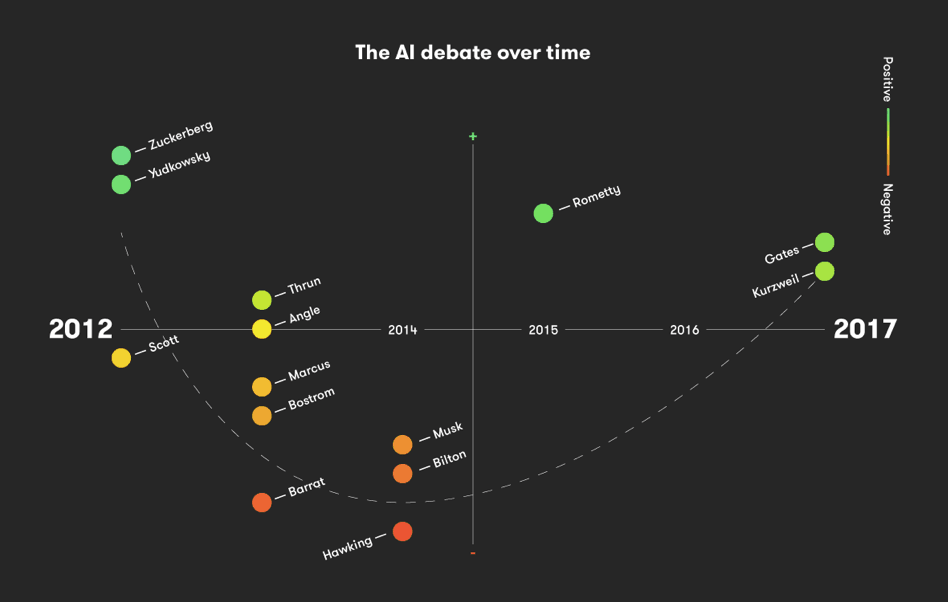
Nevertheless, there have also been impactful developments such as:
- ELSA – the English Language Speech Assistant which understands a person’s native language and corrects their pronunciations
- Scry – it enables companies and individuals make better predictions of future events. It uses neural network to comprehensively describe what is around us and even distink between different objects at the same place.It uses a neural network to comprehensively describe what is around us and even indicate the distinction between different objects. It is a safer and more accurate source analytical information to organizations than humans.
However, in 2018, AI technology will be at a more tangible level to many individuals and impact our lives at the core basis.
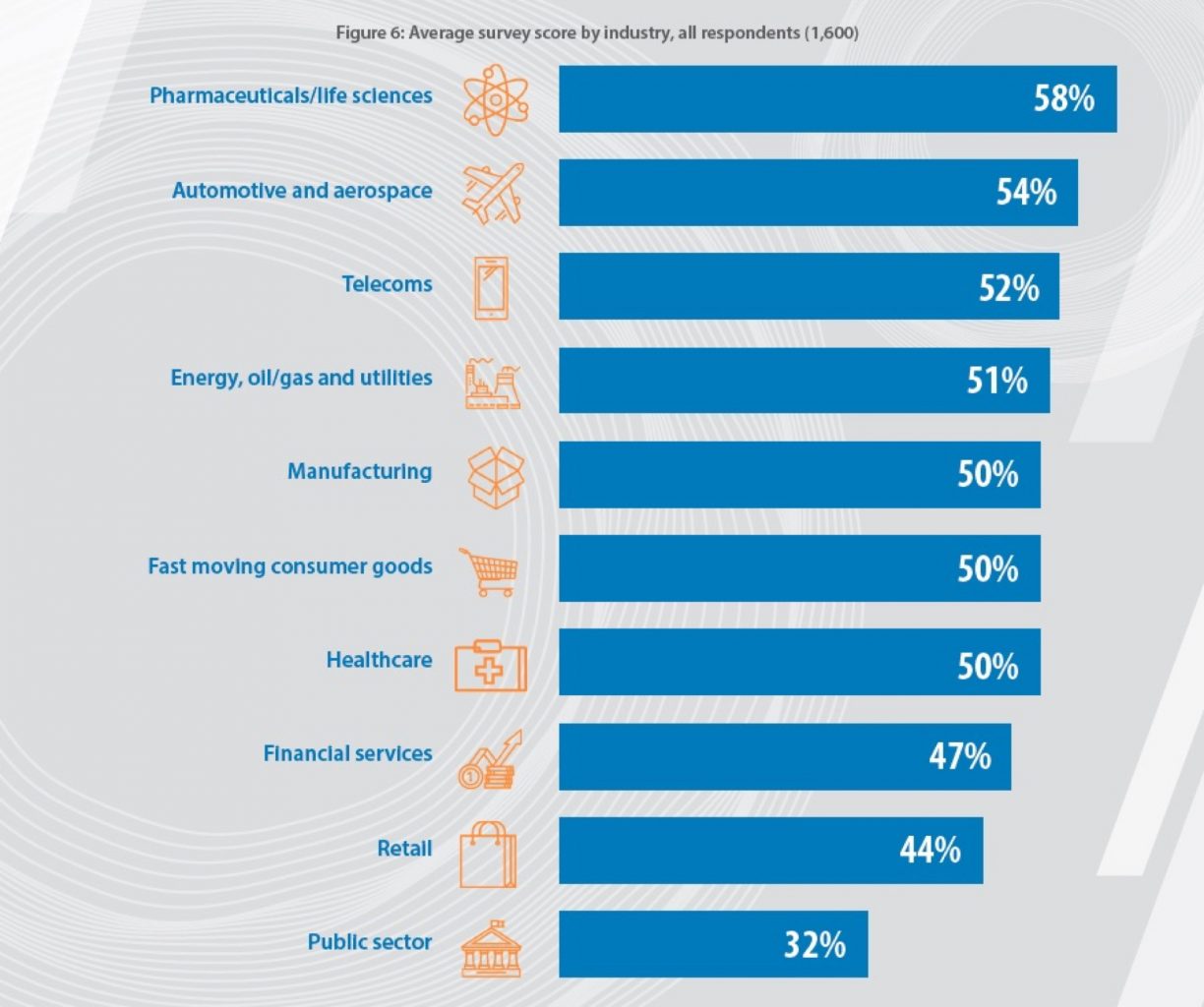
Here are changes to expect in the AI technology:
- Availability of an individual’s virtual assistant with information of the person’s daily life routine thus facilitating them in their day to day goals and needs.
- Availability of multiple voice-based gadgets. This is where most of the basic items such as cars and television will be customized with to allow their listening and providing solutions to individuals.
- Replacement of credit cards with the facial recognition technology thanks to the biometrics capabilities.
- In Media; there are prospects of AI creating media platforms in which the viewer or listener can choose the specific of their needs such as the genre of music to listen to.
- Empathetic computers; our so-called smart devices will no longer provide a single and simple question and discrete response instead will offer human-like responses. These are comprehensive feedback for our queries and questions and even sensible solutions.
- AI in healthcare provision; healthcare will adopt AI systems for instance in diagnostic specialties.
- Provision of news and other reports by AI; this is where systems will be able to provide individuals with demanded and in comprehensive information.
CONCLUSION
When it comes to keeping up with technology, every individual, business person and organization do not want to be left behind. The emergence AI technology is bringing changes that will permeate the core of our lives therefore understanding and using AI technology would be the best strategy right now.
On the other hand, we at Existek are here to support you fully in embedding your systems and devices with AI technology. We provide our customers with professional developers who are experts in all artificial intelligence programming language. We are always available for our customers, contact us and get evolved together with the dynamic Artificial Intelligence technology.




























